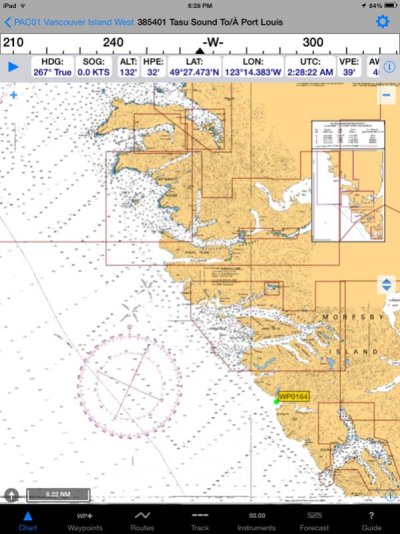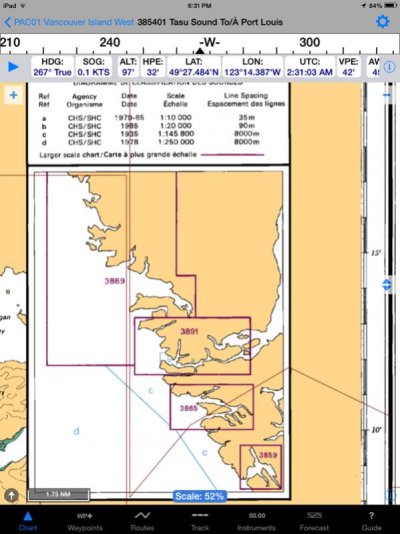JDCAVE
Guru
- Joined
- Apr 3, 2011
- Messages
- 2,902
- Location
- Canada
- Vessel Name
- Phoenix Hunter
- Vessel Make
- Kadey Krogen 42 (1985)
I was at the Vancouver Boat Show Friday and stopped by the CHS booth. I told them that the cost of digital charts for BC was far too high and by comparison the NOAA digital charts were free to download. He mentioned that was changing and that NOAA will be charging for them soon. This surprised me. The US is the only IHO member that does not charge for digital charts but few states charge as much as Canada for digital charts. New Zealand for example charges $35. He told me that the CHS is completing a resurvey of the central coast of BC because of the looming Northern Gateway Pipeline. I also told him that the west coast of Haida Gwaii was in dire need of more complete surveys. He told me that many of the depth soundings were done using lead weights and line, i.e. they predate Hydroacoustics technology. Canada is bound by the IHO standards as a member state. There is a big push within the IHO to use broad band multi beam technology to image the ocean bottom. That is the direction of modern cartography.
http://www.iho.int/srv1/
Jim, Sent from my iPad using Trawler
http://www.iho.int/srv1/
Jim, Sent from my iPad using Trawler
Last edited:



